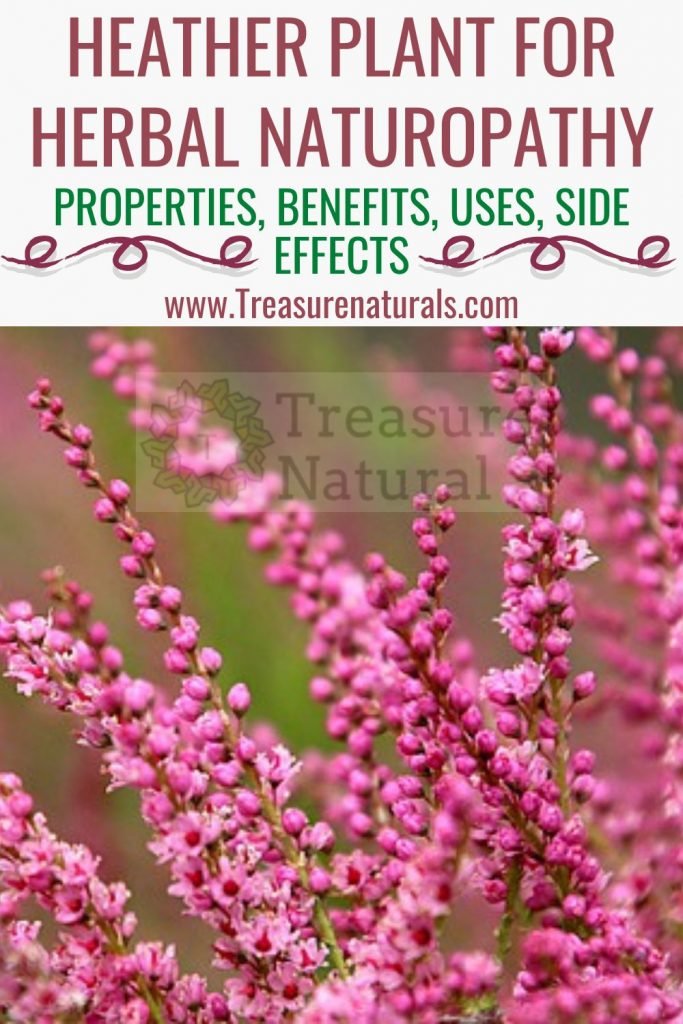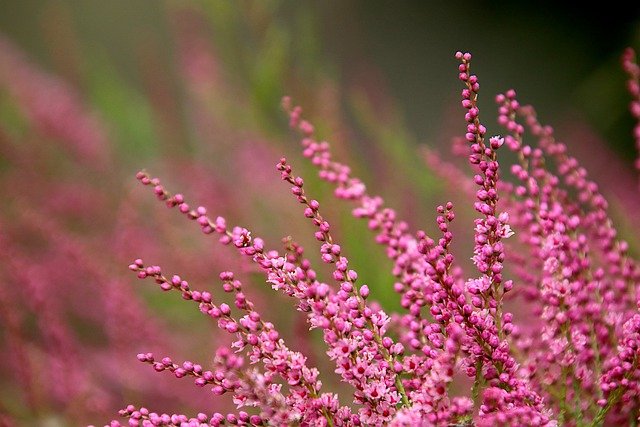
Heather is a medicinal plant with a diuretic, antirheumatic, antiseptic, astringent and anti-inflammatory action, useful for the treatment of inflammation of the urinary tract, cystitis, urethritis and uratic lithiasis. Let’s find out better.
Properties and benefits of heather
Erica is attributed the following properties: diuretic, antirheumatic, antiseptic, astringent and anti-inflammatory. The main therapeutic indications of heather concern the treatment of inflammation of the urinary tract, cystitis, urethritis and uratic lithiasis.
The use of heather is useful for eliminating urea, uric acid and toxins from the body, thanks to both its diuretic action and the tannins it contains.
For this reason, heather is used against water retention or for patients suffering from obesity, who have a greater need to eliminate toxic substances.
In addition, the heather plant also has slightly sedative properties, due to the presence of flavonoids, useful against insomnia.
How to use
Different parts of the heather are used. The flowers, for example, have an astringent and antiseptic action while the branches of the plant contain proanthocyanins, with an antioxidant action.
Erica is used in herbal medicine for internal use for its diuretic, astringent, antibacterial and antispasmodic properties, while for external use it boasts anti-inflammatory properties against skin inflammations (compresses) and oral mucosa (rinses).
With heather it is possible to make decoctions, or use it in the form of mother tincture, oleolite and glycerine macerate .
The decoctions are useful as toners for the muscles and should be used in the bath. The proportions are 2 g of herb to a cup of water, left to simmer for about 10 minutes.
The mother tincture, on the other hand, is used as an antibacterial and diuretic (30 drops are sufficient).
The heather oleolite is useful against skin inflammations while the macerate is used against cases of cystitis and urethritis (50 drops diluted in a little water to be taken 3 times a day).
It is interesting to know that Erica is also used as a Bach flower remedy.
Contraindication of Erica
Avoid the use of heather in case of liver failure or hypersensitivity to one or more components. Too high doses can irritate the intestines. As a precaution, the use of Erica is to be avoided during pregnancy and breastfeeding.
Description of the Erica
Erica ( Calluna vulgaris ), also known by the name of Brugo, is a small perennial shrub belonging to the Ericaceae family.
It has a very branched woody stem, hairless and prostrate. The leaves have a needle-like shape, are opposite and alternate. The flowers are purple, pink and more rarely white. They are carried by apical racemes.
Habitat of Erica
Native to southern Africa and Italy, Erica grows in central-northern areas where the climate is cold temperate. Rare in the Apennine area, absent in the south and in the islands.
Background

The name Calluna comes from the Greek, kallýno, and means to clean. This word refers to the use that was made in the past of heather branches for the construction of brooms.






